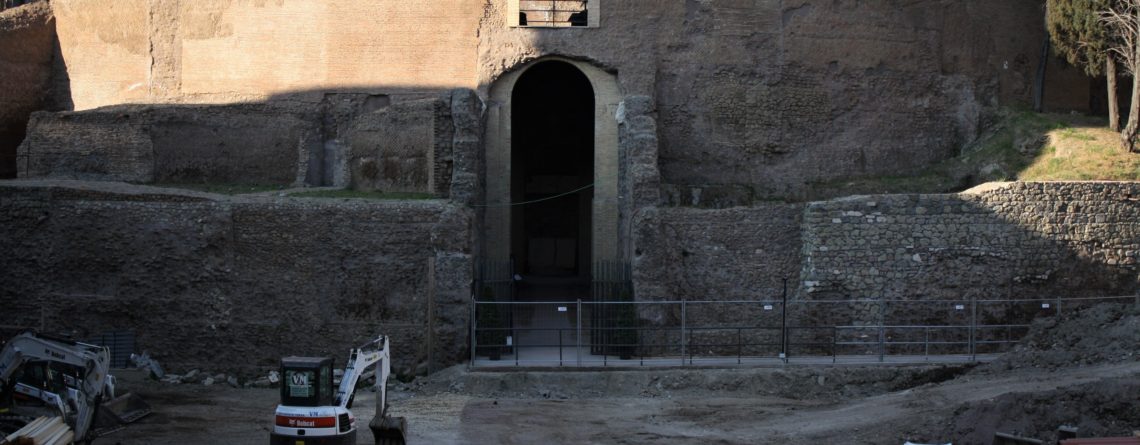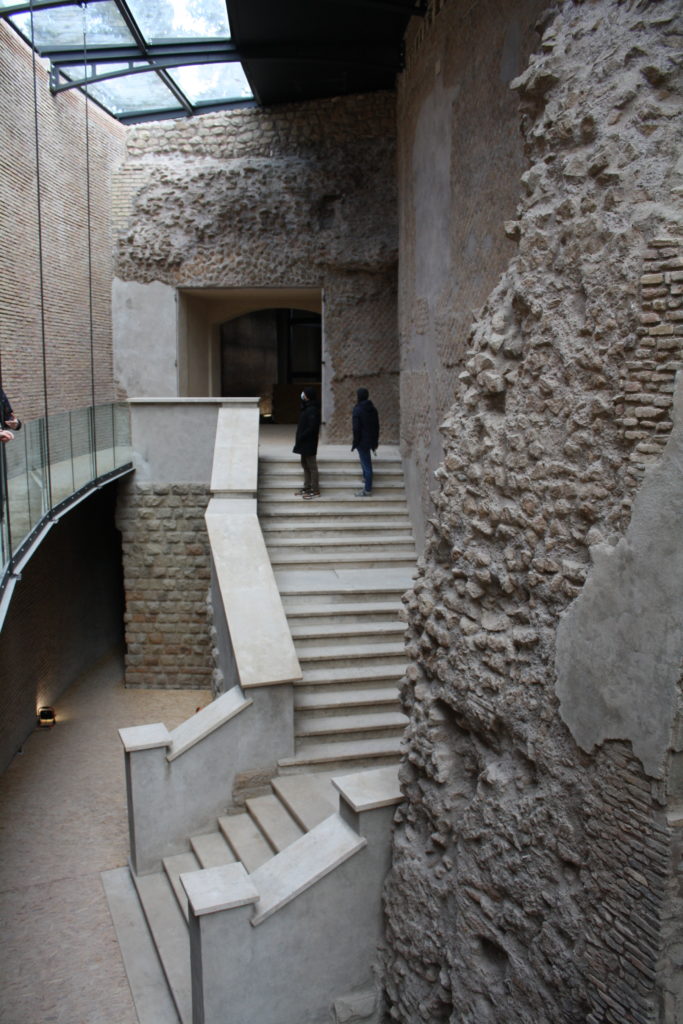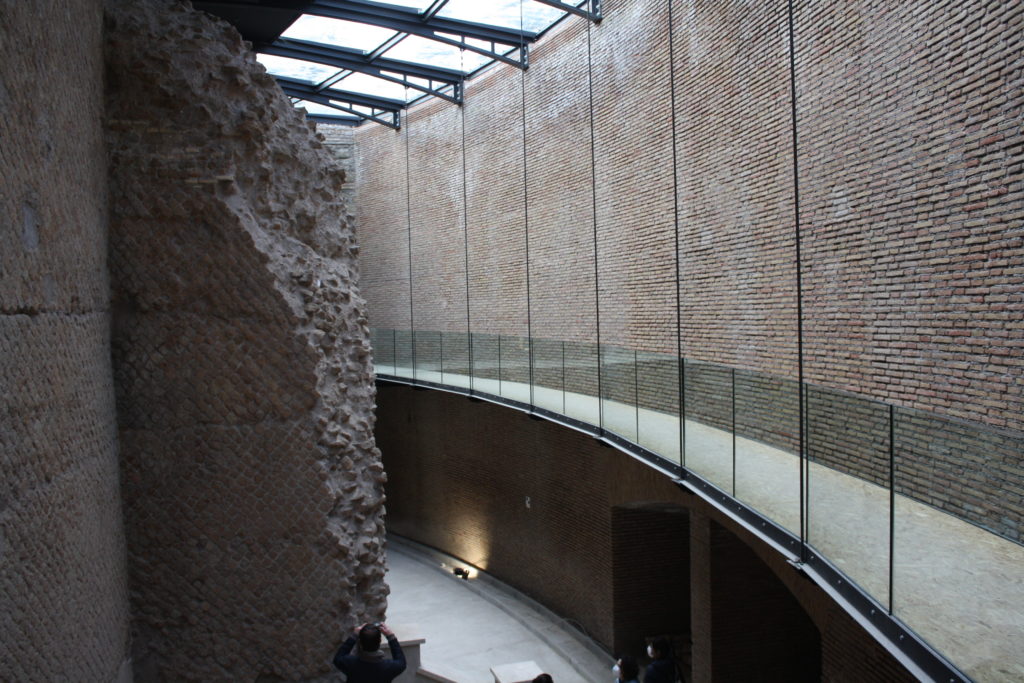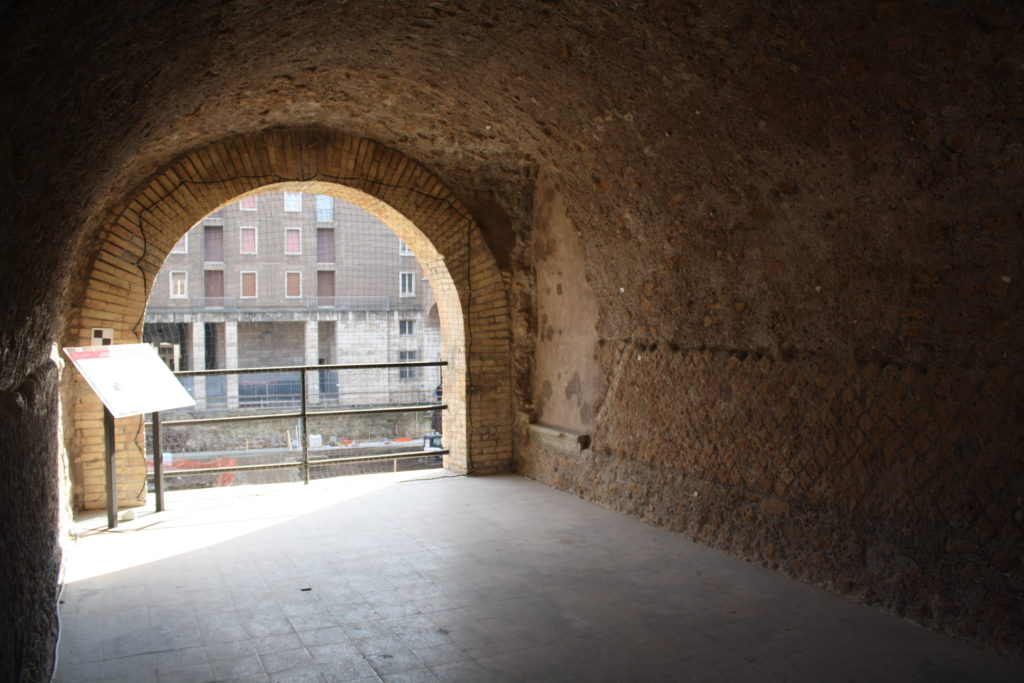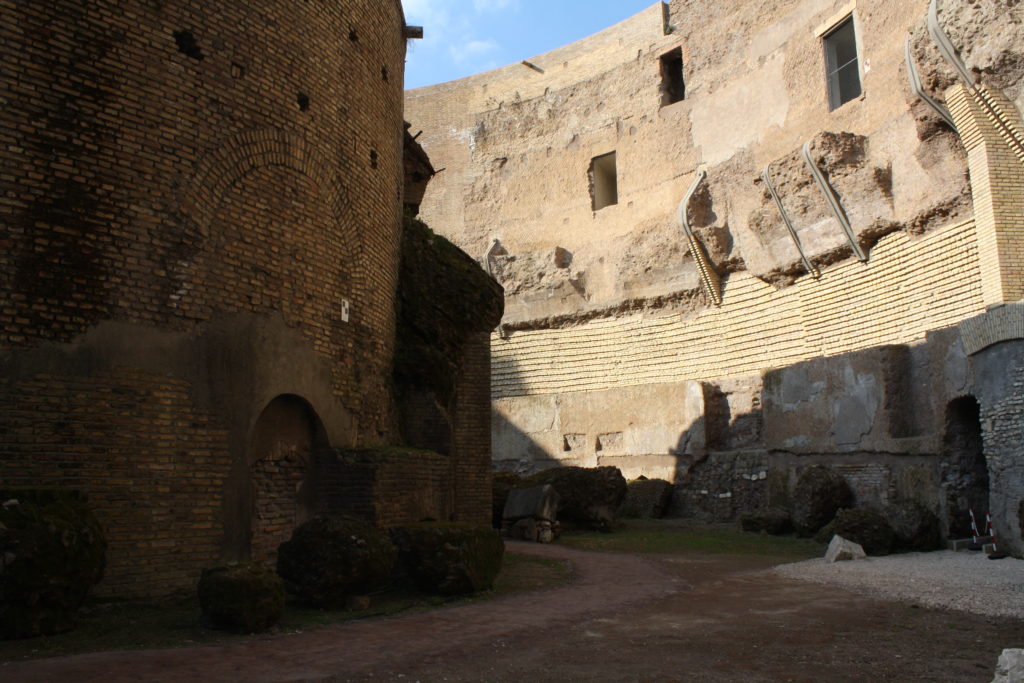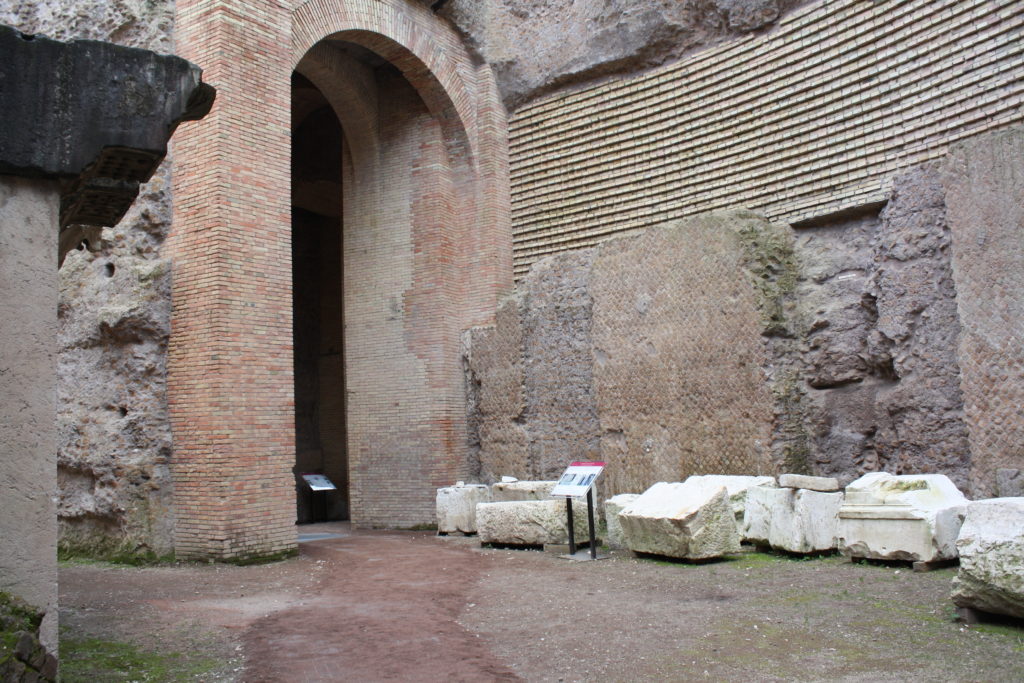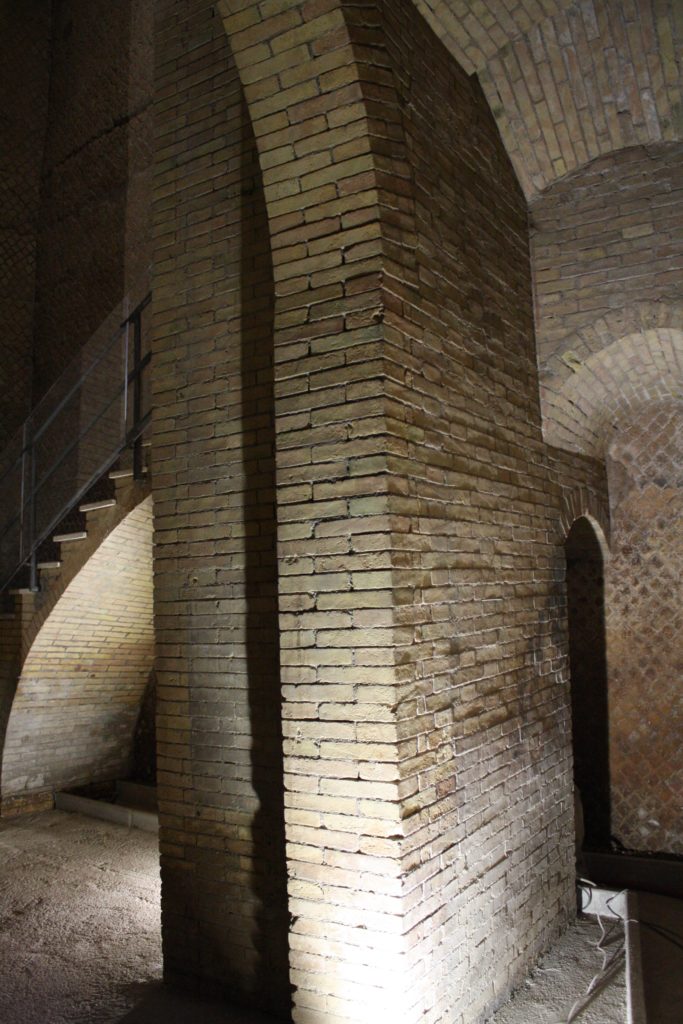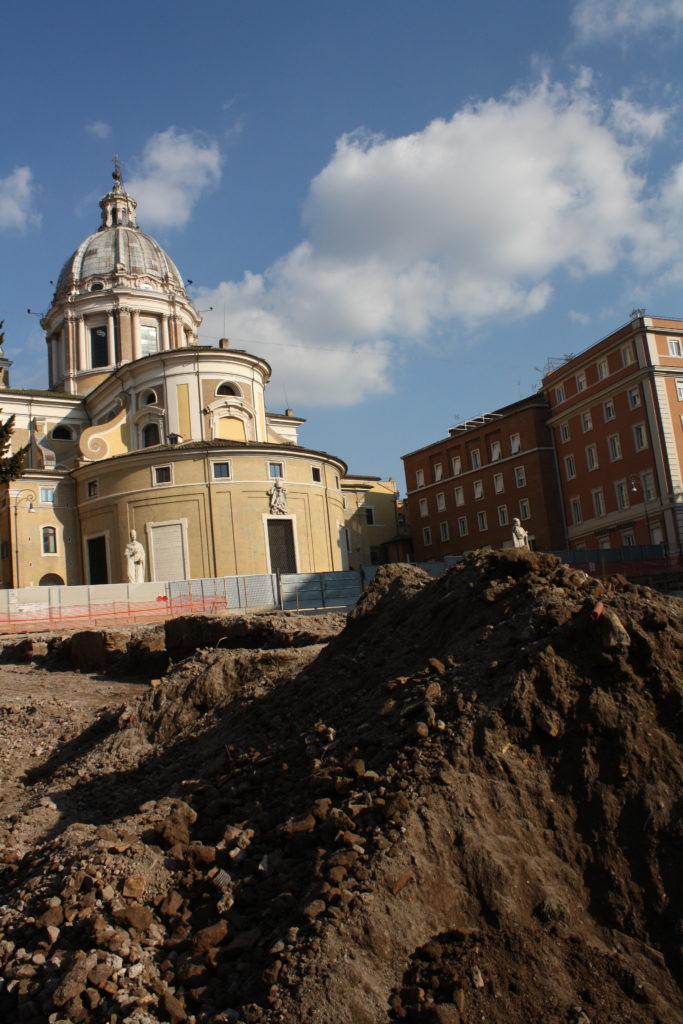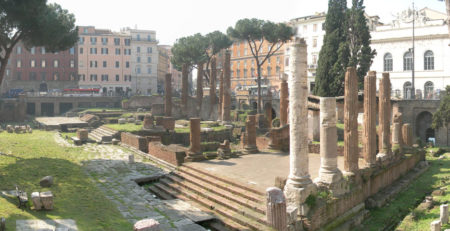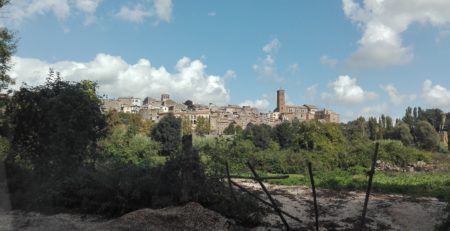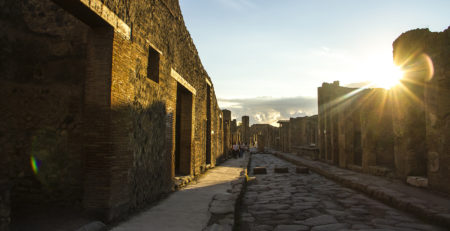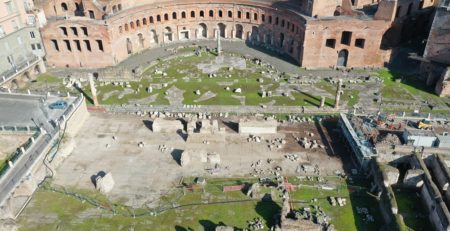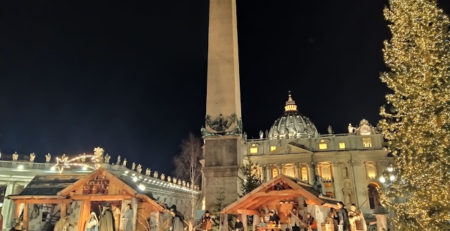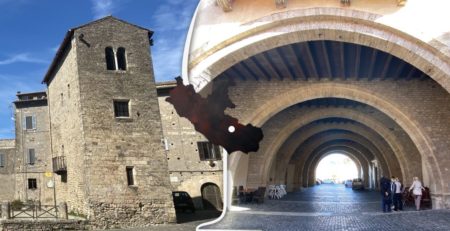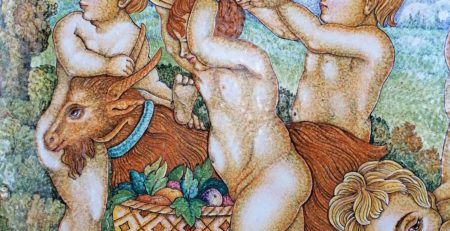IT’S COMPLICATED: A HISTORY OF THE NEWLY RESTORED MAUSOLEUM OF AUGUSTUS
A monument of many tales, the Mausoleum of Augustus, today, stands newly restored in central Rome. We, at Italy’s Best, were one of the lucky firsts to visit. We’ll give you a breakdown of our visitor experience; explain what makes this site particularly fascinating; and the how and when you should visit.
The Mausoleum of Augustus (Italian: Mausoleo di Augusto) is a large tomb built by the Ancient Roman Emperor Augustus in 28 BCE. After a fourteen-year closure, the site reopened in March 2021 to the delight of the Roman public.
In 28 BCE. the thirty-year-young emperor Augustus had already made quite a splash on the Roman people. The year before he had official become the first Roman Emperor and founder of the Roman Principate period (i.e. early Roman Empire) after a steady climb to power over the decade before. He greatly expanded the empire’s territories and maintained relative peace for its citizen, a period known as the Pax Romana.
It was the right moment to build an impressive family tomb in the center of Rome, the area Campus Martius near the Tiber River. The strategic location spoke volumes to the Roman public; he gave his eternal loyalty to the capital.
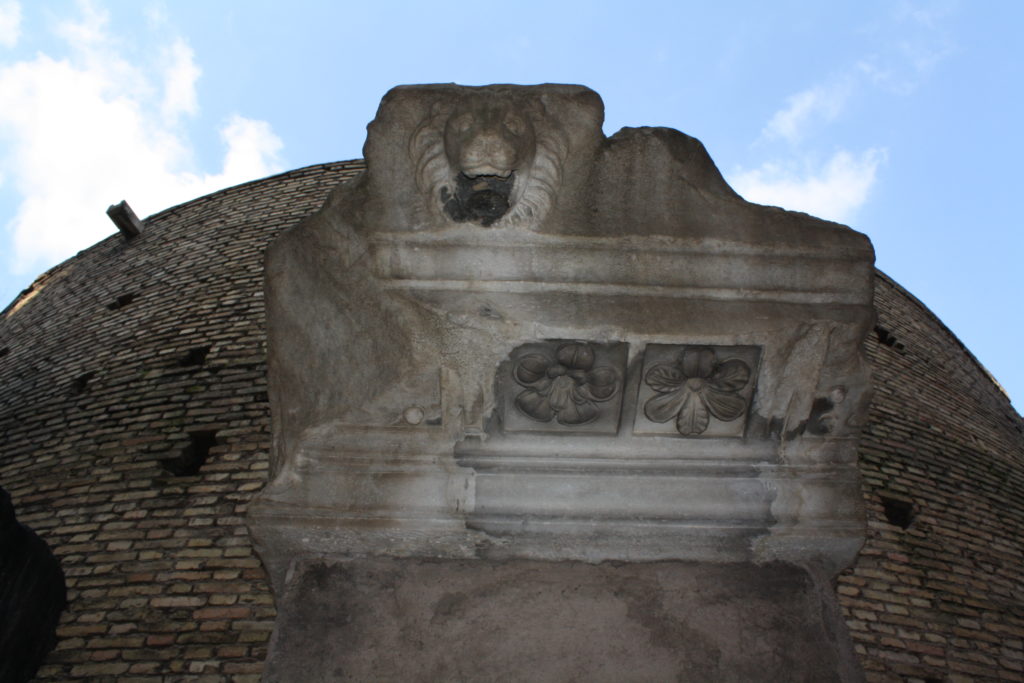
The mausoleum was circular, made of brick and a facade of travertine. The whole structure was possibly capped by a conical roof and a huge bronze statue of Augustus. Cypress trees were planted on the top tier and two twin pink granite obelisks flanked the arched entryway (today they can be seen Piazza dell’Esquilino and the other at the Quirinal fountain). The completed mausoleum measured 90 m (295 ft) in diameter by 42 m (137 ft) in height and a parkland green space surrounded the tomb.
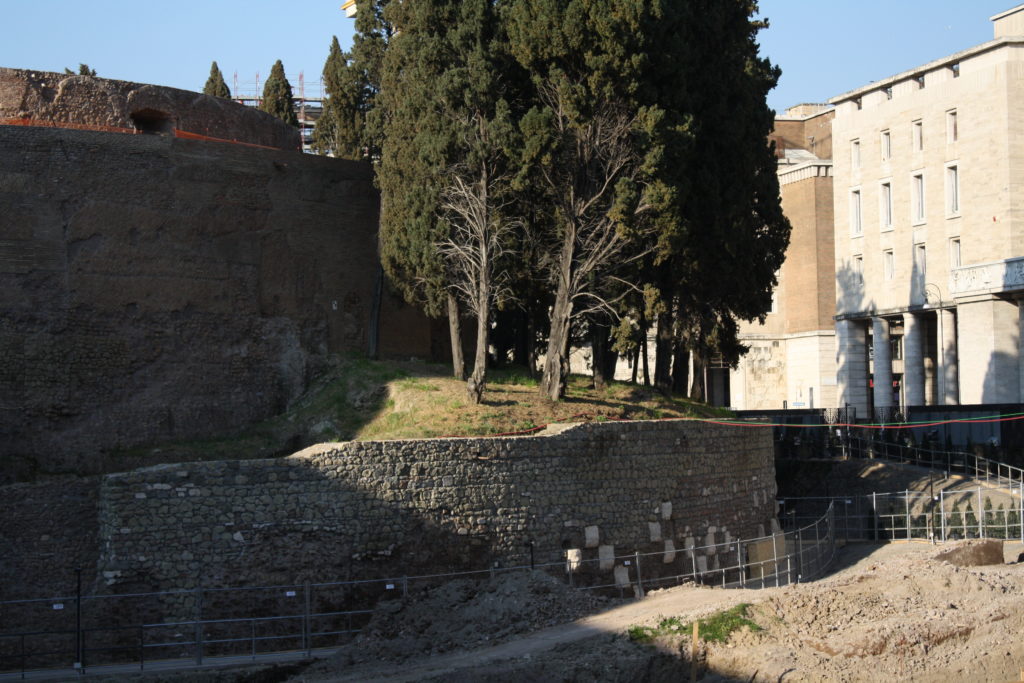
Augustus passed away in 23 BCE. in the far away southern town of Nola. He was brought back to Rome where his ashes were laid to rest in the tomb. From 23 BCE to CE 217, Augustus was accompanied by the ashes of Julia, Augustus’ only natural daughter and the emperors of the Julio-Claudia dynasty, except for Nero and his family members.
As time passed the Roman Empire grew and fell, the population of Rome fluxed, and the power of the city waned. The Mausoleum of Augustus fell to decay until one wealthy family, Colonna, decided to fortify the architectural bones of the tomb and create their residence in the 12th century.
The Colonna’s extravagant residence was did not last long. In 1241 the family made enemies with Pope Gregory IX and were expelled from the city. Once again, the Mausoleum was abandoned, and city gardens grew on the structure and around the site.
About a century later, in 1354, the Mausoleum briefly retook a politicized role. The corpse of murdered Cola di Rienzo was burned where Augustus was said to have been burned. Rienzo was a medieval politician who argued for the abolition of Vatican’s rule and the Unification of Italy. Fittingly, he proclaimed himself the “Last Tribune of the Roman People.”
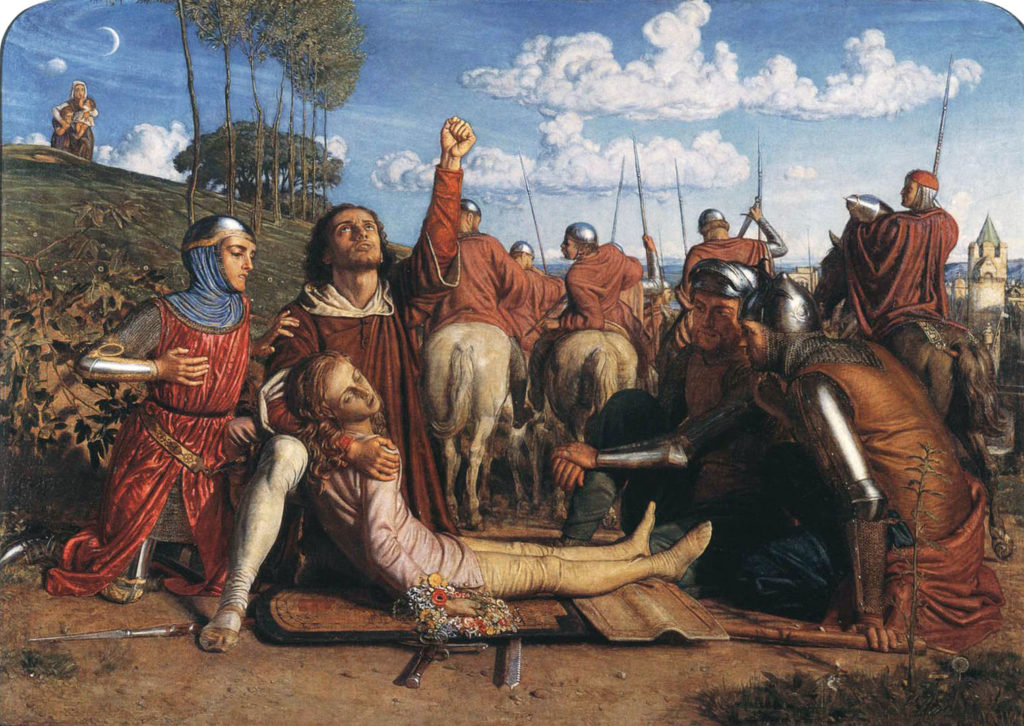
Another two centuries past and in 1518, Pope Leo X does public urban works throughout the city. He designates the redesign to Raphael and Antonio da Sangallo who create a new road cutting near the tomb’s site, called Via Leonina (today Via di Ripetta).
In the 16th to 18th centuries, another wealthy family takes interest in the Mausoleum space. The Soderini family give the site a new cultural value, creating hanging gardens and showcasing an important collection of Roman antiquities.
The Soderini family loses importance and in 1751 the Mausoleum is sold to Portuguese Marquis Benedetto Correa de Sylva, who transforms it into a bullfight and sports tournament amphitheater. The tomb is now a site of entertainment and spectacle.
The Mausoleum as entertainment space continues throughout the 18th century and into the 19th century, only changing hands and types of entertainment. Notably, in 1802, the Vatican’s Apostolic Chamber buys the Mausoleum and builds a stage for theater performances.
Even after the Unification of Italy, the Mausoleum continues to host banquets, circuses, and spectacles only this time as the Crown Property of the Kingdom of Italy. Once such memorable party was a reception to Italian general and “father of the fatherland,” Giuseppe Garibaldi.
In the late 19th century, the Mausoleum receives another makeover, an iron and glass roof is built to cover the amphitheater. But the Mausoleum is still in degrade and old. It is closed to the public with plans to become the next monument to unified Italy’s first king, Victor Emmanuel.
The plans remained on hold and instead, the Mausoleum becomes the property of the Municipality of Rome in 1907. Once again, the site becomes a concert hall now called Auditorium Augusteo. A special agreement is formed with the Accademia Nazionale di Santa Cecilia (still Italy’s oldest national orchestra).
Per haps unfortunately, what is considered one of the world’s best auditoriums is closed in 1936 after a final concert of pieces by Rossini, Martucci, Paganini-Molinari, Respighi, Wagner and Verdi conducted under Molinari. Under fascism, the classical ruins of Ancient Rome are prized most. The iron roof was dismantled and further archaeological works were on its way. Eventually, the Mausoleum was to become Mussolini’s tomb. Instead, the site, again ripped apart, was abandoned.
Today, on our visit, the tomb is clean and bear with little traces to it tumultuous past. It takes a storyteller guide to project meaning onto the brick walls and recount the tales of monument who has witnessed the very creation of the Eternal City, Rome.

